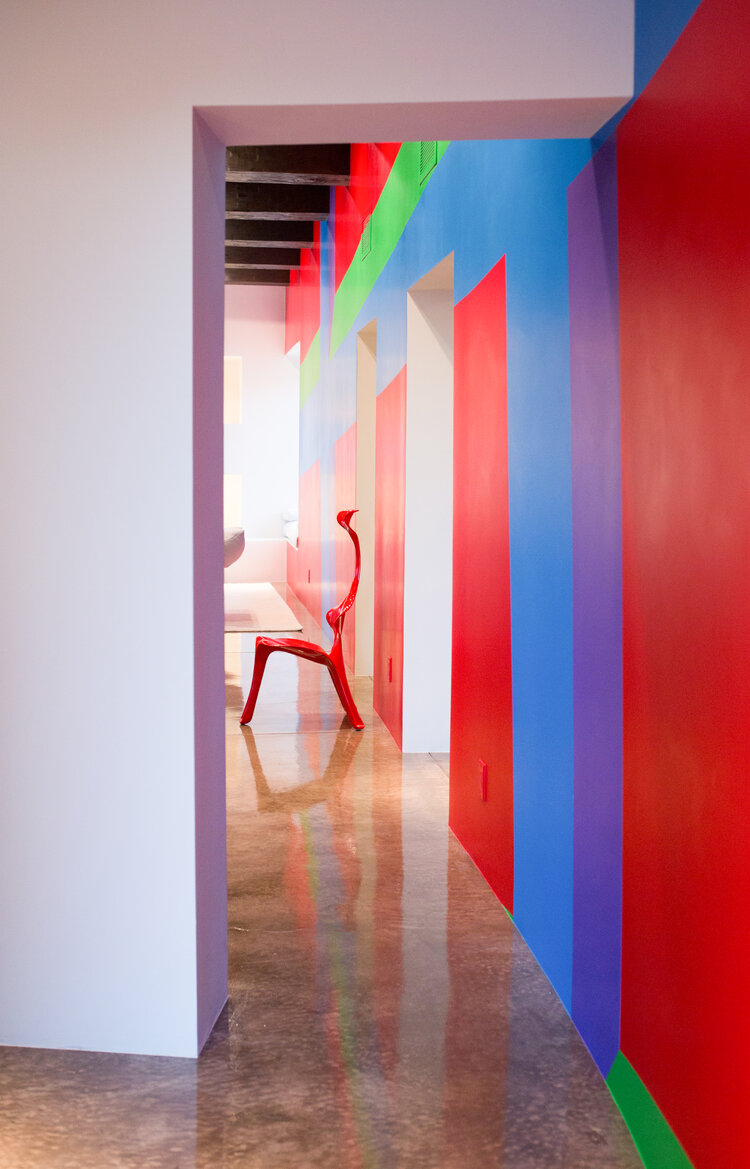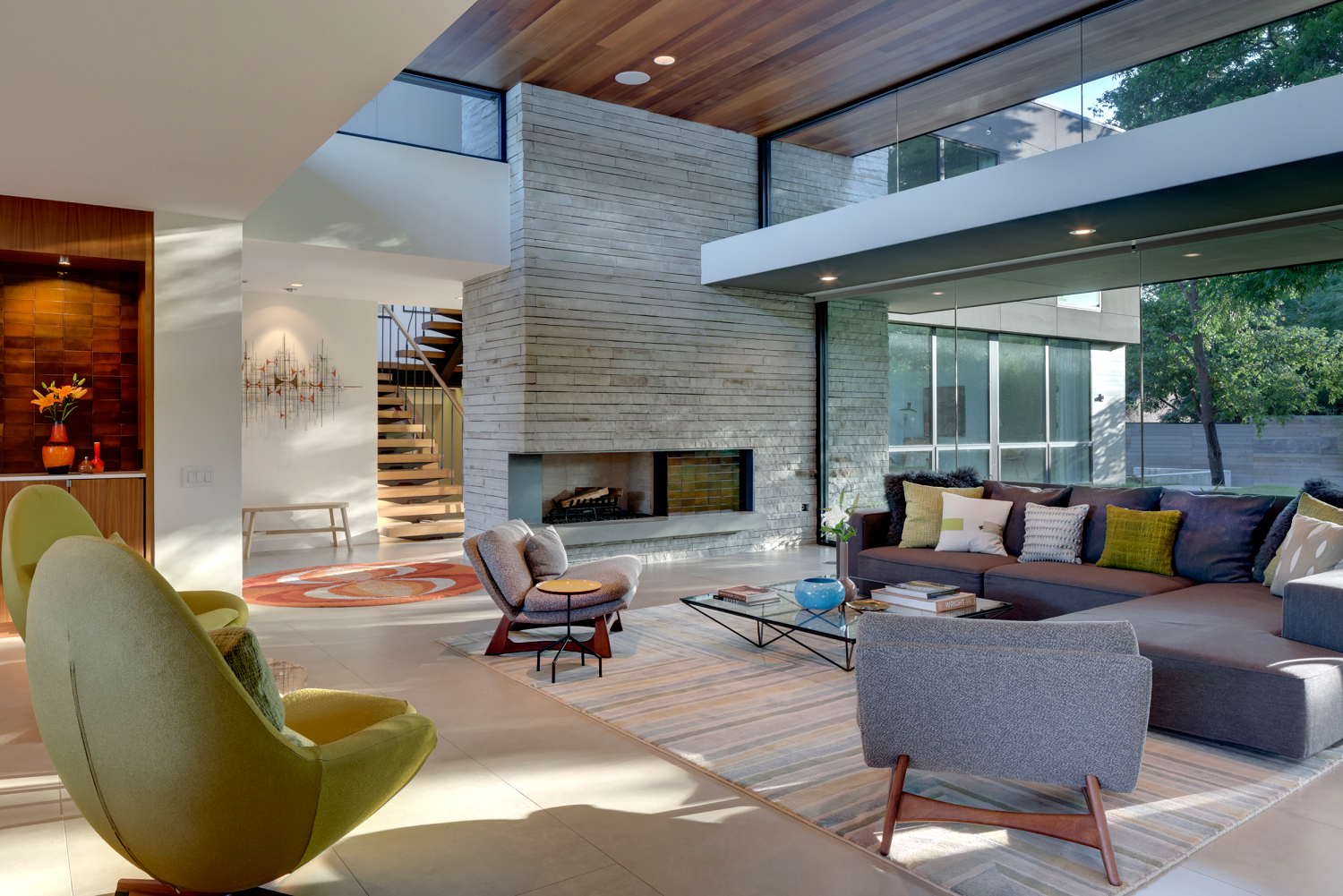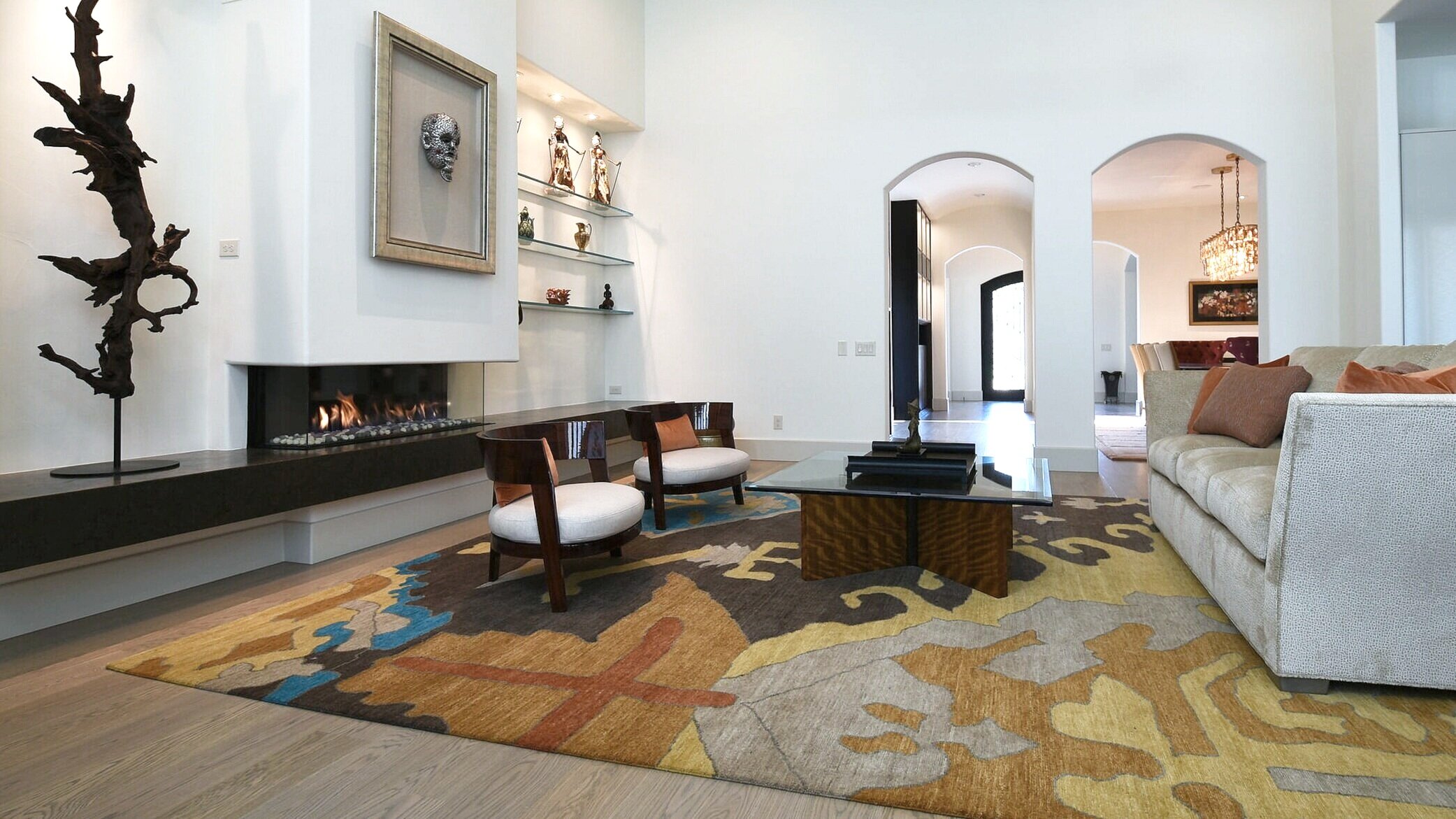DESIGNER DUE DILIGENCE…
Perhaps it is a bold statement, but it is my observation that many of us, Modernistas, take pride in our aesthetic choice to be more refined. We have a trained eye for clean lines, elemental balance and appropriate scale. We know the difference between the modern masters and have little tolerance for tchotchkes. So why would we need any help achieving modern perfection within our sky-high loft or mid-century manse?
The answer is not about our ability to comprehend good design… It is about having an expert translate that knowledge into an architectural orchestration of beauty and efficiency. And the right interior designer will do exactly that.
Let’s start at conception, shall we? It isn’t difficult to flip through an Architectural Digest or Interior Design magazine and formulate a fantasy of the perfect scheme. But, let’s be realistic… those utopian homes didn’t just put themselves together. In addition, most of those features had the vast advantage of an unlimited budget.
The way to begin is always with a conversation. An experienced interior designer will investigate our lifestyle and help us sort out important considerations: How do we want to live in our space?
What does our space need to serve us well? Do we have realistic goals? What level of financial investment are we willing to make? Will our expenditures have a return on investment? How do we find common ground with a spouse or partner who has a differing opinion at every turn?!

Logistics aside, what about style? What does “modern” mean to us? There are misconceptions when it comes to a contemporary aesthetic. Denise McGaha, of M Designs insists, “Modern design, even a minimal approach, does not need to be cold. On the contrary, modern can be very warm… even luxurious.” An educated, third party guide is priceless in developing a true sense of whom we are, how we live and defining our version of modernistic bliss.
Once we are fortified with clear desires and goals, it is time to create a strategy. A designer is like a coach. They are on your side and are there to formulate a game plan. And this is not just about placing our Eames lounge chair next to the fireplace. No, the decorating comes much later. The most fundamental element is the framework we design within.
All great structures begin with a solid foundation and great bones. Is your home architecturally interesting? Perhaps a previous renovation compromised the authenticity of the original blueprint? Sound modern design has consistent line and form, not a hodgepodge of eras. And modern design has it’s own aesthetic standards like simplicity, openness and a sense of restraint.
A designer will guide this examination and give you feedback. Perhaps you raise the ceilings, adding volume to a stagnant room. You may want to remove a wall or two. Adding sleek, new windows or widening interior doorways are additional possibilities. An architect may need to be consulted when remodeling comes into play and an interior designer is the perfect advocate for us during that process. Efficiency, too, must be considered. Explore more responsible “green” materials and energy-saving options in your upgrades.

The next essential component is lighting. When we peruse the grand museums such as the Tate Modern or MOMA, we are free to indulge in exquisite art day or night. Beyond magnificent art, we may not recognize why spending time in these structures is so pleasurable, but it has everything to do with the illumination. Natural, and artificial, light is leveraged to create an experience without knowledge of its existence. Regarding a work by Pollack, Miro or Warhol wouldn’t be near as profound in a small, dark space, would it?
A lighting plan is an invaluable tool and a reputable interior designer will create one and walk you through it. Often, all it takes is a few tweaks, and an electrician, to add tangible value to our homes. Local designer Robyn Menter agrees, “Lighting is a critical element to overall design. Significant architecture, interior details, refined furniture and artwork will not be successful without (it).” Intensities of light affect our health, our mood, and lend importance and beauty to our architectural elements (indoor and out), art collections and furnishings. I assure you, it is worth every penny.

Once the stage is set, so to speak, it is time to audit livability. Do we own the right pieces to function properly in each room, the way we want to live? Anyone can just fill a space with stuff. Our furnishings have to match our unique taste and comfort level or we will never find true joy within our homes.
Many of us are comfortable with the “decorating” part and assume that jumping on the Internet can deliver the look we want. However, quality, durability and time frame must be considered. Have your designer educate you on the different brands available and why one is better than another. Inquire about custom pieces versus retail product purchasing. Become informed about how design manufacturers operate and what lead times can be expected on orders.
Most of all, trust and rely on your designer to dictate scale, proportion and placement-only an educated eye can provide proper space planning and suitable recommendations. Here, a designer will save you from an infinite number of wasted dollars and serious headaches!
We allow professionals to design our financial portfolios, travel plans and even our wardrobes. Why would we gamble on one of our largest investments and most intimate of spaces? I invite you to consider interior design to be more than an optional service. Rather, an integral part of the modern lifestyle.
author: Shelly Rosenberg


